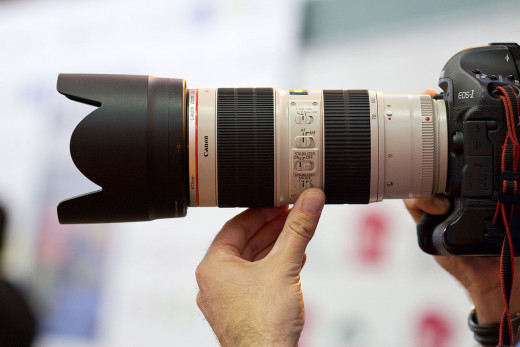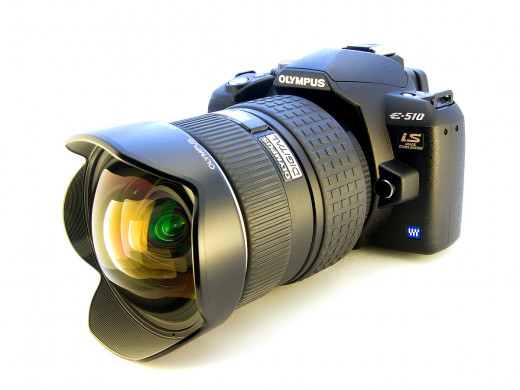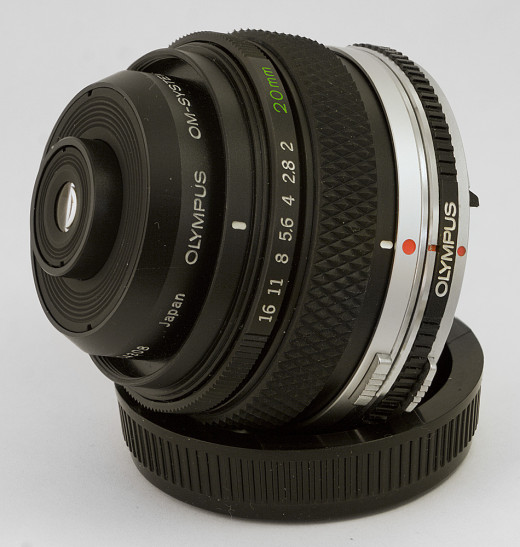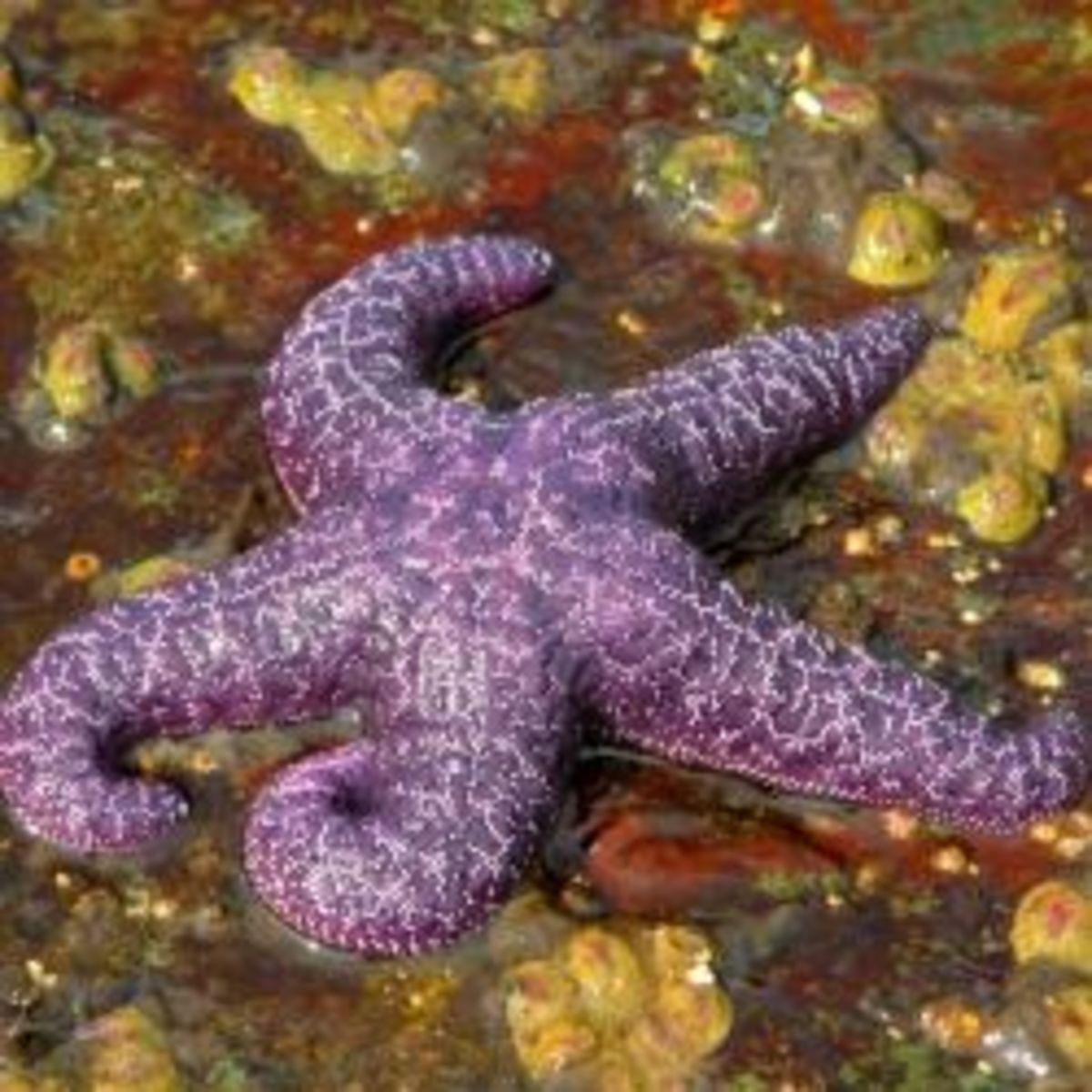The 3 Lenses That Every Nature Photographer Should Have


Lenses can prove to be a confusing undertaking when deciding on what size lens to get and how much to spend.
A rule of thumb is that the higher the size number (100mm,500mm, 600mm and so on) the longer the reach.
In contrast the lower the size number (10mm,28mm,40mm and so on) the lower the reach.
Research sample pictures and compare them side by side with other sizes before you decide what will fit what you have in mind.
Also worth mentioning is that prime lenses are always the best alternative but prime lenses come in one size each. Zooms, telephotos or macros with several size measures are not prime by definition.
If you can, always get a lens made by the maker of your camera, although there are many quality after-market substitutes with Vivitar and Sigma ranking among the best, a lens made by the same company that made your camera is always bound to be just right "a match made in heaven" scenario.
Every photographer has some lenses which are the favorite ones and which are usually taken every time that the photographer goes on an adventure.
While no three lenses fit every situation nor do they fit all styles 100% of the time there are some that can cover a wide variety of shooting situations and therefore should always be in the gear bag.
The first one should always be a medium to long range zoom or telephoto. This lens allows you to capture images from a safe distance and if the subject happens to be a wild creature and will not simply stay in place and strike a pose it makes perfect sense to have.
You can substitute a long range lens with a medium one by simply attaching a tele-converter which simply doubles or adds 1.4 times the magnification range depending on which one you choose to use (1/4 or 2X).
The drawback is that these tele-converters tend to reduce the minimum f stop range and if they are not quality made, they can add aberration to the image but for the money they just simply can't be beat.
They can range in cost from about $149 to $295 depending on the make, if they have EF capabilities and the materials from which they are made. There are also differences in cost if you want Nikon or Canon.
You can get aftermarket models but read up on them and carefully check any reviews since the quality of images that they produce can vary greatly from manufacturer to manufacturer.
Sigma produced some very good ones but their quality has improved so much in recent years that their prices equals the ones made by Nikon or Canon.
Another alternative is the use of filters (lenses really) but again quality is a major issue and must be taken into consideration.
A good choice if you don't mind the out of focus highlights it creates on elements that fall out side the normal dept of field is a 500mm mirror lens. They can range from about $89 to $179. They are light weight and small but do have the reach.

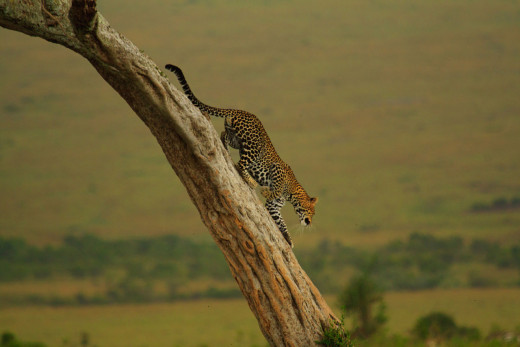
A second good lens to always carry in the bag is a wide angle one. 28mm is the most versatile size but there are many other sizes and each photographer has his favorite.
Many like to use the 14mm or 10mm. This is up to you as to what it is that you want to accomplish.
They can range in cost from about $149 to as high as $899.These lenses are widely used for landscapes or when you want to include a wide view of the scene.
Because of their costs you need to carefully think if this type of lens will be a good fit for your style. If the answer is yes then adding one to your gear back will be a great asset.
They are quite small and light weight and like with any other lens, the prime ones are always a good bet when compared to after-market models.
Do not confuse a wide angle lens to a fish eye lens. They perform very similar functions and look remarkably alike but the fish eye definitely alters the view of the scene. Think of as if looking at something through a glass bubble as this is what most fish eye lenses are.
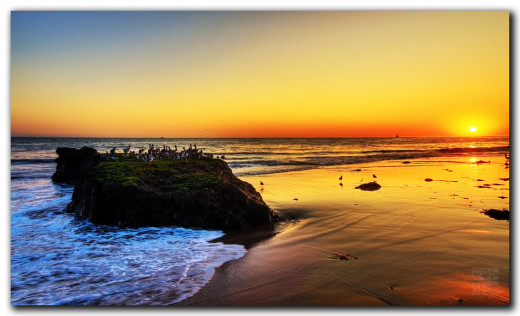
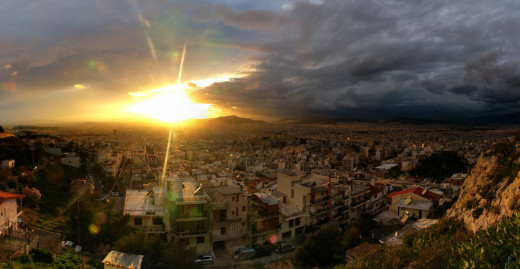
The third most useful lens to always carry with you is any that features macro capabilities and better yet a prime macro lens.
Here you have a wider selection from which to choose and just as wide a prince range.
There are many models that feature several sizes fit into one lens and the price for a prime macro capable lens can go from about $299 to over $1000.
Again like with any other lens size, there are many aftermarket models and manufacturers such as Vivitar and Sigma feature some really good ones.
Found this useful?
- The Best D-SLR Lenses | PCMag.com
The lenses available for your D-SLR will vary based on the brand of camera that you own. We test a lot of glass; these are our top-performing lenses.
Want more photography ?




© 2014 Luis E Gonzalez



